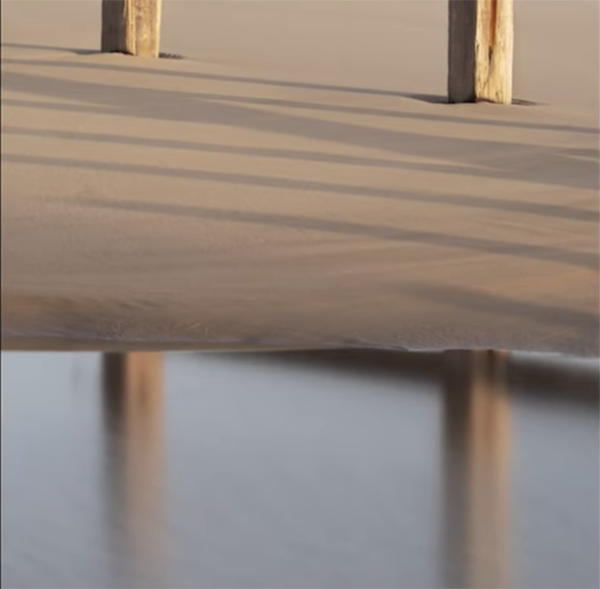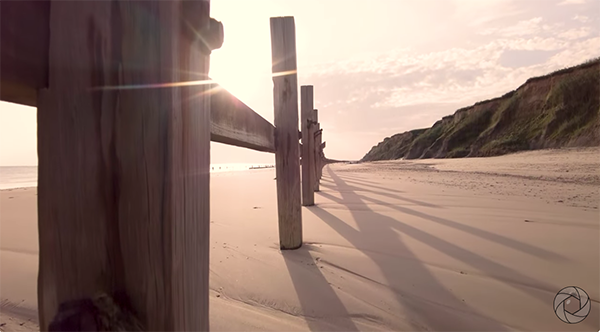5 Photoshop/Lightroom Masking Tricks for Perfect Results (VIDEO)
It almost goes without saying that the latest masking tools in Lightroom and Adobe Camera Raw (ACR) are considered “essential” by many experienced landscape photographers. While these tools can be applied in a variety of ways, today you learn what one pro says are his five favorite tips for getting the job done quickly and effectively.
Instructor Matt Kloskowski is an expert at all things Adobe who says, “I spend most of my editing time using these tools.” In today’s 13-minute episode he demystifies the process while demonstrating several “hidden” techniques that anyone can employ for quick and precise masks. Kloskowski is working in Lightroom to demonstrate his tricks, but you can accomplish the same thing with ACR in Photoshop.
Kloskowski begins by applying a Linear Gradient to an impressive landscape scene with striking boulders and reflections in the foreground and impressive clouds in the sky. As you’ll see, Adobe has separated the various sections within Lightroom Classic’s masking panel. The problem is that the interface can appear rather cluttered at first glance. Turning on “Solo Mode,” which is off by default, really simplifies the workspace. All this takes is a right-click with the mouse.

Next Kloskowski makes a selection of the sky so he can pull back the highlights and make a few more adjustments without affecting other areas within the frame. He explains this trick by noting that you may come back to this photo at a later date and be somewhat dissatisfied by the initial changes you made.
The solution here involves the Amount slider at the top of the masking panel: simply moving it to the left or right enables you lessen or accentuate whatever you did earlier. Sliding it all the way to the left zeroes out all your previous enhancements and brings the image back to square one—just like “it never happened.”
The foregoing is just two of the five tips you’ll learn, so be sure to watch until the end. As Kloskowski admits, taken as a whole, “this isn’t the right way of editing, it’s just a different way of editing. So give these quick tricks a try and see how well they work for you. Kloskowski’s instructional YouTube channel is a great source of information designed to help elevate you post-processing skills, so be sure to take pay a visit.

On a related note, don’t miss the tutorial we posted earlier from another image-editing expert, explaining five powerful new Lightroom tricks that he says, “will change your life.”









